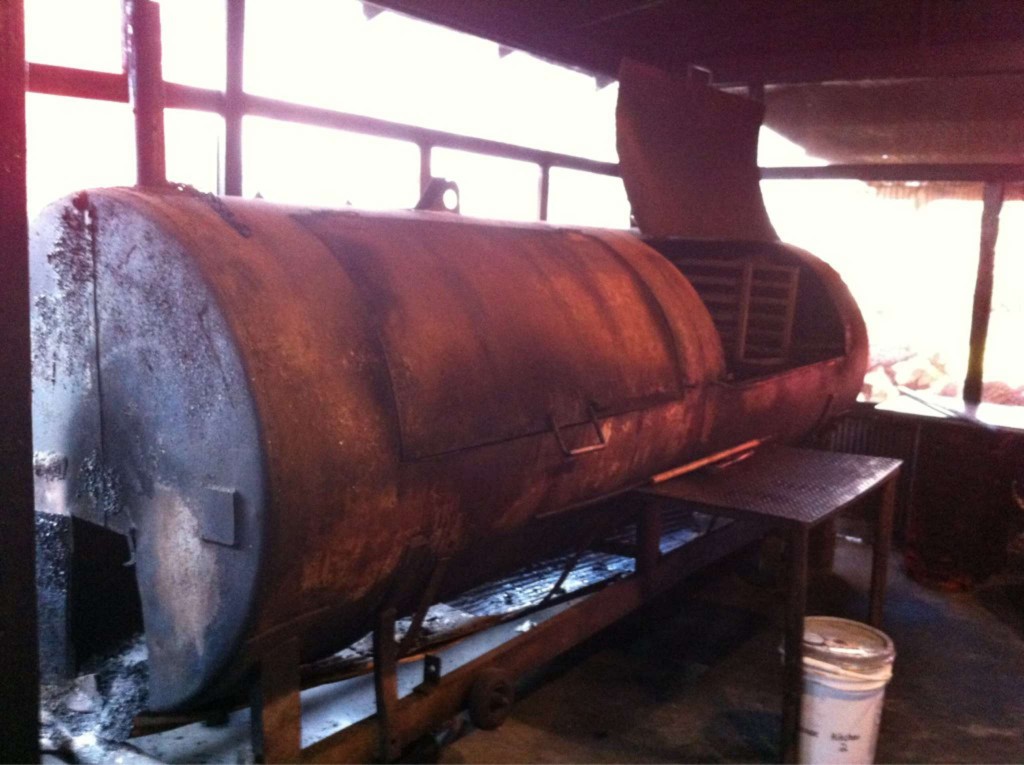Dan Langille has sold BSDCan to Oracle. From the early announcement, it’s clear that they’ll ruin the conference. I take this VERY personally, as I’ve worked with BSDCan for over a decade. Dan has made it clear that he’s taking the check and walking away without a second thought. This is unconscionable.
If I want something done about it, I’ll have to do it myself.
OpenBSD committer Nick Holland lives about two miles from me. We’ve had some discussions about what needs to happen to give the Western Hemisphere a truly free and unencumbered BSD conference. With Dan’s acceptance of Oracle’s offer, we’ve been forced to put these plans into action. As Nick has no real Internet presence, I’ve been elected to announce our efforts on my blog.
Coming in May 2014: DetroitBSDCon!
Detroit is a major transportation hub, with a well-connected airport and one of the world’s busiest border crossings. People will have no trouble getting here.
Having a conference in Detroit gives us interesting possibilities, however. Traditional conference space is limited, and very hard to get at such late notice. Fortunately, the BSD community is very open to non-traditional conferences.
One of the disadvantages to holding a conference in May is that the weather is just starting to get nice. Most of us have been trapped inside all winter, and now that it’s getting warm enough to be outside we all crowd into a stuffy windowless room for presentations. DetroitBSDCon will be a little different. Allow me to present: the Packard Plant.

One square mile of abandoned industrial space, including offices, manufacturing floors, and more. It’s all the space we could possibly use. Each presentation or tutorial will get its own floor. Yes, some parts of the plant are deathtraps, but they’re fairly obvious.
Best of all, we get no end of fresh air. The surrounding area is nice and quiet.
There’s always a chance that the weather will not cooperate. The rental agency providing the chairs, tables, projection gear, and other assorted conference paraphernalia has agreed to throw in a bunch of propane pole heaters as part of the deal.
I work for an ISP, so Internet isn’t a problem. The whole conference will be wireless. Nick has kindly volunteered to climb the water tower and mount the kit for the gigabit wireless uplink.
Accommodations are actually very inexpensive. Detroit hosted the Super Bowl in 2006, and many people opened hotels just for that event. These days, you can get a room for free if you agree to a) not set it on fire, and b) cook meth only in the bathtub.
And dining? Yes, there aren’t many restaurants near the Packard Plant, but we have something better than boring old sit-down restaurants. As the economy has essentially collapsed, the more entrepreneurial folks have opened unofficial dining establishments. You’ll see things like this by every major road.

We’re arranging for dinner to come to you. Detroit has some of the world’s best barbeque and soul food, and it’ll all be there for you. Yes, smelling lunch and dinner cooking might be something of a distraction during the conference presentations, but let’s be real a moment: you go to the presentations to have a chance to work on your laptop in peace. Delicious aromas won’t hamper that in the slightest.
And beer? Another nice thing about living in a collapsed city is that people will deliver beer by the truckload anywhere you want at any time. For a modest extra fee at registration, you’ll get a wristband that gets you free beer throughout the conference. (Speakers get a boozeband for showing up.)
The dates for DetroitBSDCon are the same as those for Oracle BSDCan. Because seriously, how many BSDCan attendees are actually going to go to Oracle BSDCan?
Programming is the hardest and most important part of a conference, and there’s not much time to get papers together. We’ve decided to steal the entire BSDCan programming slate. Because, seriously, those guys aren’t going to want to talk for Oracle.
Speakers won’t need to change their travel arrangements, however. We’ve reserved cars on Canada’s Via Rail train system, leaving Ottawa on Tuesday, Wednesday, and Thursday nights, making the run down to Detroit. It’s Via Rail First class because, again, free booze. They’ll bring you to Windsor overnight, where you’ll hop the bus to the conference venue. We’ll put you up at some of the closest hotels, such as Hot Sheets Central, Scabies R Us, and Bedbugs Bonanza. Yes, they’re lower-end hotels, but seriously, after the University of Ottawa dorms, they’re fine. Plus, free beer.
The after-party will take place Saturday night, on a train back to Ottawa so speakers can catch their flights out the next day.
Now, some speakers might choose to go to Oracle BSDCan. They could. They have free will, after all, and they’re free to make their own decisions even if they’re wrong. In the event we have open spots in the program, Nick and I will fill in with various BSD-related presentations we’ve given over our many years in the BSD communities. We’ve found slides for talks like “Removing IPF from OpenBSD” and “ATAng: Supporting ATA Drives into the 21st Century,” so we’re all set to shore up weak spots in the program.
Best of all, Nick and I promise to never sell DetroitBSDCon. To Oracle.
See you in the ruins in May!


